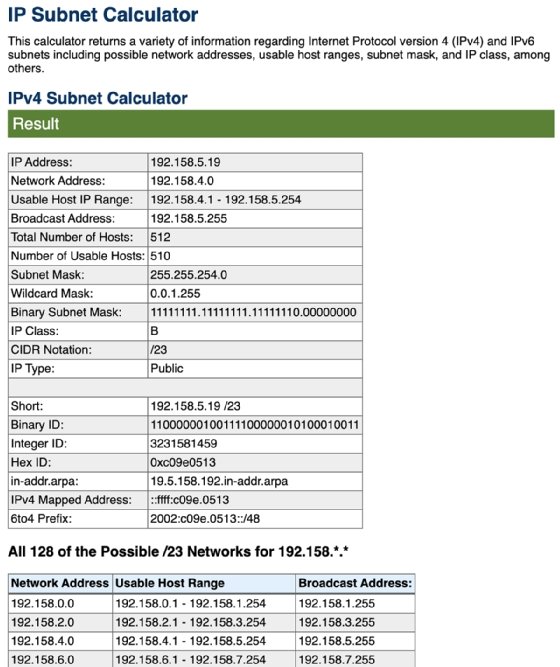

#SUBNET IP RANGE CALCULATOR FULL#
The function returns an object containing full description of the IP range, as described in IpSubnetCalculator.calculate(). SubnetMask (string|number) IP subnet mask in string or numeric format IpSubnetCalculator.calculateCIDRPrefix( ip, subnetMask )Ĭalculates a CIDR prefix from subnet mask. PrefixSize Number of relevant bits in the subnet mask Ip (string|number) IP address in string or numeric format IpSubnetCalculator.calculateSubnetMask( ip, prefixSize )Ĭalculates a subnet mask from CIDR prefix. String representation of the inverted prefix mask


String representation of the prefix (subnet) maskĭecimal representation of the inverted prefix mask

String representation of the highest IP address in the rangeĭecimal representation of the prefix (subnet) mask String representation of the lowest IP address in the rangeĭecimal representation of the highest IP address in the range Otherwise, an array containing one or more subnetĮach object in question contain the following properties: Propertyĭecimal representation of the lowest IP address in the range The function returns null in case of an error. IpEnd (string|number) Highest IP (inclusive) in the range to be calculated in string ( 123.123.123.255) or numeric ( 2071690239) format. IpStart (string|number) Lowest IP in the range to be calculated in string ( 123.123.123.0) or numeric ( 2071689984) format. API IpSubnetCalculator.calculate( ipStart, ipEnd )Ĭalculates an optimal set of IP masks for the given IP address range.
#SUBNET IP RANGE CALCULATOR INSTALL#
Installation > bower install ip-subnet-calculator 5.4.3.21 - 6.7.8.9Ĭalculates subnet masks for standard and non-standard IP ranges. IP routers do not forward network broadcast packets.JavaScript class for calculating optimal subnet masks for non-standard IP ranges, e.g. IP broadcast addresses can be used only as the destination IP address. It is used by certain firewalls and routers like Cisco for access control listīroadcast: The broadcast of a network is a reserved address to send a message to all hosts in the subnet. Wildcard: The wildcard is the inverse of the subnet mask. For a /31 subnet with only two possible address, the number of usable addresses would be zero. Generally, within a subnet, two host addresses - all-zeros and one all-ones are reserved as network address and broadcast, respectively. With CIDR, the networks can be condensed into one single rule (using 192.168.2.64/27/24 syntax for the calculator): Without CIDR, the routing table would become quite large, as every network needs an own entry. Consider this example, where a router needs to distribute traffic for eight separate networks through the gateway 192.168.1.1: Simply spoken, CIDR using address aggregation can be used to address multiple networks with one single routing entry. Another problem with a classful setup is, that the bandwidth usage is quite high when routers exchange their routing information. But also the performance was compromised, since large tables need to be looked up without a more dynamic IP interval mechanism, like CIDR imposes. The memory usage of classful routing is enormous, which results in unreasonable expensive hadware. What is CIDR?ĬIDR or Classless Inter Domain Routing was developed to reduce the increasing size of routing tables of large routers, which was quite hard with classful routing. Please note: IP addresses can be cut off, if the remaining octets are just zero. 192.168.0.1: Simple Address in standard class.


 0 kommentar(er)
0 kommentar(er)
